10 Best Practices for SaaS Product Development
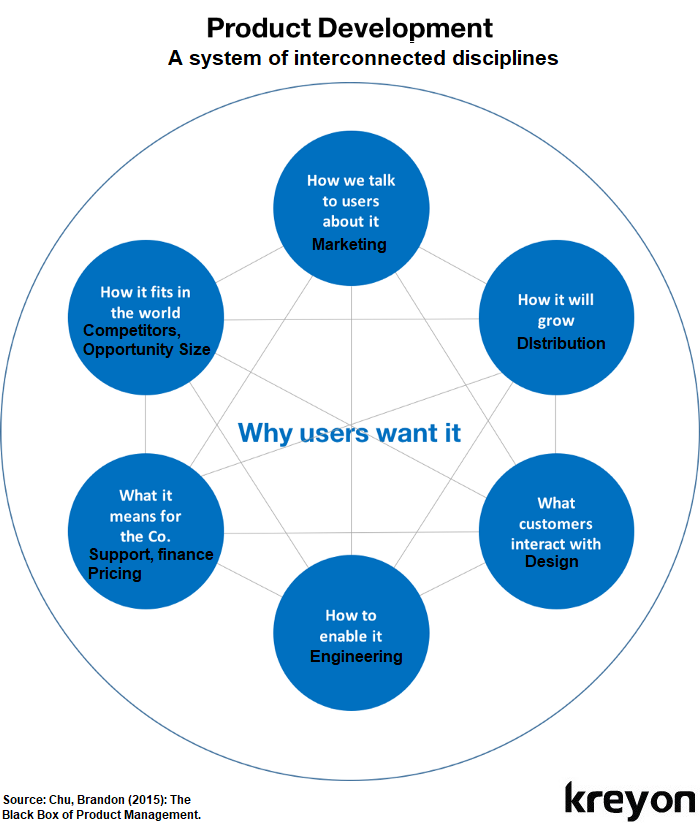
SaaS product development is an evolving art. It needs continuous learning, upgradation and application for building a market differentiated and enjoyable product for customers. The SaaS product itself is the biggest driver for its customer acquisition, retention and expansion. 80% of businesses already use at least one SaaS application.
As per Gartner, SaaS solutions will generate revenue of $105 billion in 2020. It is $20 billion more than what Gartner estimated just a year ago in 2019. The global pandemic has given a push to adoption of SaaS products and solutions. Building and developing new SaaS products is at an all time high. Here’s a look at the best practices for SaaS product development:
1. Working Backwards
Building the right product is more important than building the product right. Great SaaS products are day to day companions of their users. They serve a customer’s pain point and solve their needs. The best products are built when you understand the customer problem deeply enough and build a solution for it.
The working backwards approach starts with the customer first. The approach is used by leading companies for building new products as well as adding features to existing ones. Technology stack and implementation details are secondary aspects. The most important thing is the problem you’re solving for your customer.
Interact with customers who you think will buy your product and take feedback from them. Sometimes, by just asking their opinion and inputs, you can save time by not building the wrong product or features. Establishing the right product market fit will give you a higher probability of building a successful SaaS product.
2. Mobile First & Design First Approach
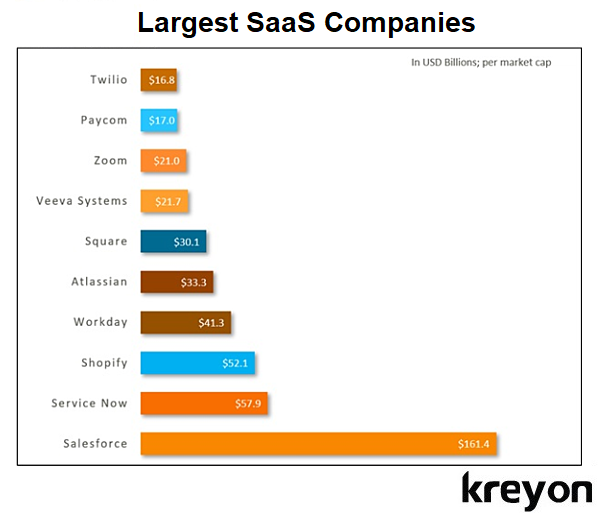
The consumerization of software products means rich experience for SaaS products, nothing less. The users today are constantly on the go, interconnected and demand great experiences from B2B or B2C SaaS products.
An integrated, interconnected and consistent user experience is now a basic necessity for a SaaS product. Companies like Slack, Dropbox, Amazon & Google are examples of product led companies that command respect from consumers. Customers wouldn’t usually want to install too many enterprise software apps, hence consistency and integrated experience matters a lot.
The users are looking for instant gratification & when a product involves a long learning cycle or complexity, customers give up. SaaS product development has to create hooks for the users. These hooks are able to help the users get started and accomplish things for them.
A mobile first and design first approach helps users navigate things intuitively. It develops an empathy for those who use the software and helps them operate it smoothly. The goal is to make the users see the results very early after logging into your SaaS product. The design mindset breaks down complexity of every customer interaction and helps them do more in less time.
3. Launch Frequently
Once your basic product requirements are established and approved, test your product with actual users. Get your customers on board and let them use your product. By launching your product frequently with incremental features, you could add more value in the long run.
Your speed to roll out value added features will create a difference for your product. When customers get access to a quality feature in 1 month, it helps them do more with the product than to wait for 6 months to get the same thing.
There is always a tradeoff between quality and timelines for features. A good SaaS development team strikes a good balance between delivery of the critical features and their quality. A lot of flexibility, rapid interactive development and constant communication with customers ensures a vetted SaaS product. Early feedback and experimentation is pivotal to building the right product that can engage the customers.
4. Product Prioritisation
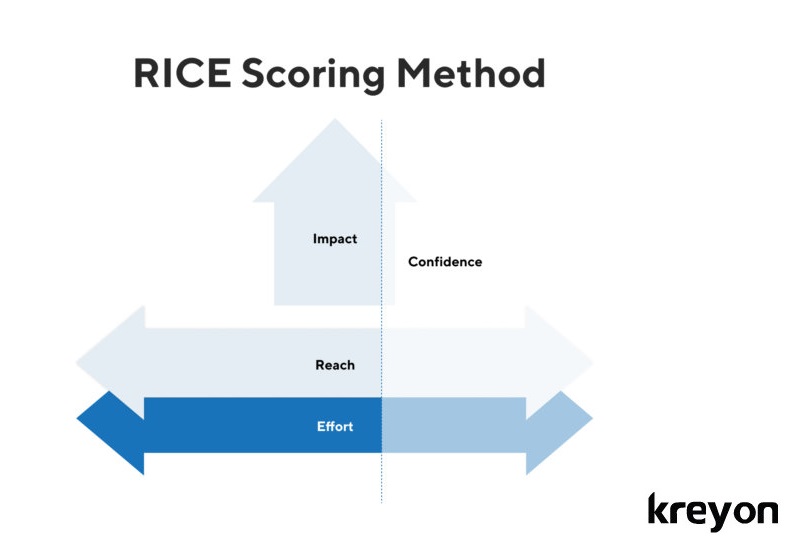
An early stage SaaS product that tries to solve everything for everyone ends up solving nothing for anyone. Product priorities are the key to building the right SaaS product. The product development cannot be ruled by a couple of big customers. It can often derail the whole product roadmap.
SaaS development can be effectively carried out using RICE framework for prioritization of features. Adding too many features early on can confuse users and salespersons. Good positioning makes it easier for increasing SaaS product adoption. RICE is an acronym for Reach, Impact, Confidence and Effort. Here’s how it works:
i) Reach
Adding features can have no meaningful consequence if their reach is limited. Reach is simply the number of persons/customers who will use the feature in a given time period. For e.g. how many customers will be affected in a month by adding this feature? Simply put, if you have 500 customer sign-ups and 40% of them use a feature, your reach will be 500*40/100 = 200 customers per month.
ii) Impact
Impact can be hard to measure. So, we can use scores. Say, 3 for “Very high”, 2 for “high”, 1 for “medium”, 0.5 for “low”, and finally 0.25 for “minimal.”
Many features that are used by a high number of customers can create a high impact for a product. For e.g. if more than 90% of your customers are looking for a product feature, it will have a higher impact on the product compared to the feature demanded by 5% of your customers.
iii) Confidence
Not all ideas and features are good for the product. Confidence is a metric that can be used for choosing the right features. Confidence is expressed as a percentage. When you have relevant data, usage analytics and good user support for your features, the confidence level goes up.
Take for e.g. A feature with quantitative metrics for measuring reach, customer research for impact, and an engineering estimate for effort. This project gets a 100% confidence score. Suppose if the reach and impact are unknown, then the project would get a 50% confidence score.
iv) Effort
The overall efforts to implement an idea or a feature have a telling impact on the product success. The efforts are measured in person months. The effort for a feature addresses design, development and integration aspects into account.
For e.g. a feature may need 2 week of design efforts, 2 weeks of development & 2 weeks of testing & integration. The estimated time for this feature could say 2 person months. If a feature requires minimum effort of 1 week and no separate engineering efforts. It will have an effort of 0.5 person months.
The RICE tool takes all the above factors into account before zoning into the ideas. The organisations can evaluate the scores and pick the best ideas for implementation. The RICE score is calculated as (R*I*C)/E, the higher the score, the higher its priority for implementation.

5. The Amazon Approach
The most effective companies like Amazon, Google & Apple build processes for guiding their product development. The SaaS product development requires a pragmatic approach to create strong value for customers and the product development teams involved.
Your SaaS product development needs to get all stakeholders on the same page and develop a clarity for the following:
• Building For: Who are your target customers?
• Problem: What problem is your product solving?
• Who: Who are the people facing the problem that you solve?
• One line Description: Our product is a (describe the product or solution)
• Solution: Describe how your product solves the problem.
• Gaps: What are the existing problems faced by the customers?
• Differentiation: Our product/solution (key point of competitive differentiation)
• Gettings started: How easy is it to get started with your product?
• Close & call to action: Summarise and help users take action to get started.
Amazon also asks its managers to write down a press release for its new products. It helps them get an insight as to how customers would think and related to the products they’re building.
6. Next Generation Plan
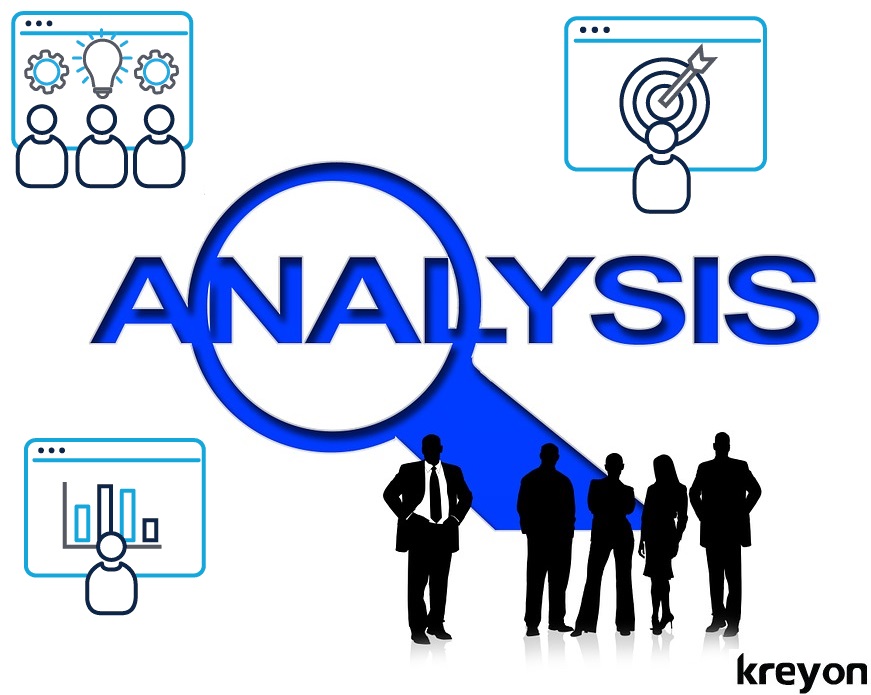
A successful SaaS product has a long term vision for its customers. When Salesforce developed its CRM product, it not only introduced SaaS, but also introduced a vision and roadmap for its customers. It provided a complete ecosystem for its users and clients.
Your SaaS product development must be able to change, adapt, reinvent itself with the needs of the future. What will your product look like in the next 3 months? This may be an easier question to answer compared to- what will your product look in the next 3 years? Successful SaaS product companies answer both these questions with reasonable confidence.
Here is a look at some of the other questions for a long term viable SaaS product:
How does your SaaS product evolve to meet the changing technology needs of the customers? Is your SaaS product adaptive to work tomorrow? Is your product ready to meet the increasing workloads & demands of the future?
SaaS products involve several iterations and frequent launches. These products demand an open minded approach towards adopting the best technological improvisations for delighting customers.
7. Differentiation Strategy
Many new SaaS products are launched everyday, but most of them fail to meet the needs of the market. The market is driven by value, products that don’t meet the cut and fail to delight the customers are discarded.
Competitive benchmarking helps an organisation understand what products are already existing in the market. They can devise a strategy to build differentiated products and build more competitive value propositions for the clients.
The competitive products are a good indicator of what clients already have. If your product doesn’t offer a significant improvement over the existing ones, customers will hesitate to switch to your product. By developing a good understanding of the existing products and the market ecosystem, organisations can build better SaaS products that address the gaps.
Organisations also study existing physical processes and build a technologically viable product or service to meet the customer needs with a SaaS product. If the SaaS product provides end to end service for meeting the customer needs, product adoption improves a great deal.
8. User Behavior Monitoring
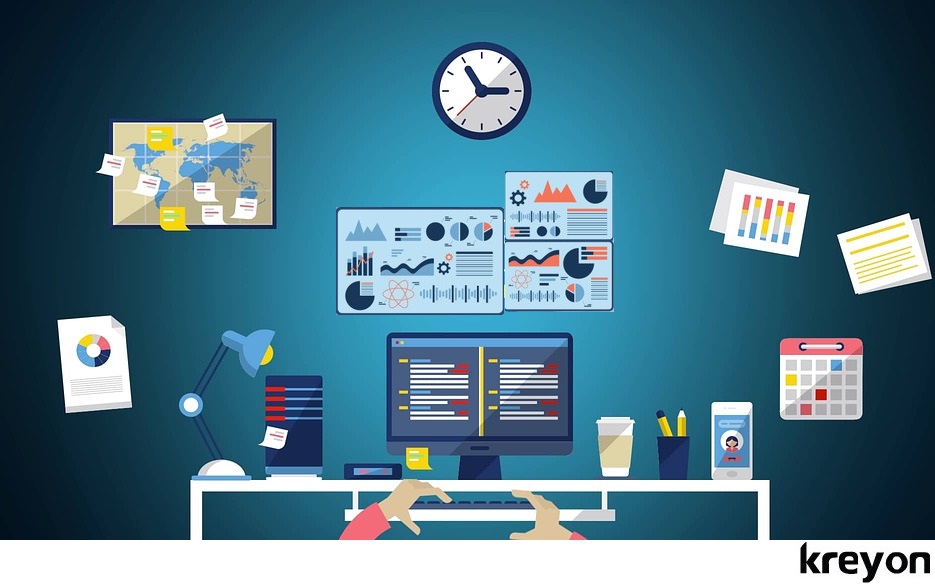
The product features can be developed after understanding the user patterns. The user behaviour also helps companies predict the needs of their customers. For e.g. Twitter analysed that many of its users spend time reading through articles, they used the data patterns to recommend them articles and also introduced a bookmark feature.
Customer driven development improves adoption of the SaaS product, it helps organisations build features that are useful for clients and improves overall quality with usage analytics of the products.
By understanding the customer interactions, organisations can identify the key features required to serve customers, learning behavioral patterns and add ongoing value to the product. SaaS products evolve with usage, technology changes and customer needs. SaaS products are used by enterprise customers to help them with their day to day work and address the gaps in their business with efficiency.
9. Enable Security
The growing proliferation of SaaS software, wireless networks and mobile devices etc. introduce many endpoints that can be exploited by malicious users. The security aspects of an enterprise SaaS software need to be designed carefully. The veiled threats of the web can be circumvented by operating the SaaS software with least privileges.
As the number of enterprise applications, integrations and mobility of business users increases, the security aspects of SaaS product development are critical for companies. A complete audit trail of events, users activities and application needs to be maintained by the super admin users. Any anomalous access or activity needs to be reported to the system administrators for corrective actions.
The SaaS software must provide security at every layer, whether it is the application users, database, admin users. Companies must implement data security policies to prevent any breaches. Many companies like Google and Amazon use automation to prevent their employees from accessing user data.
10. A/B Testing
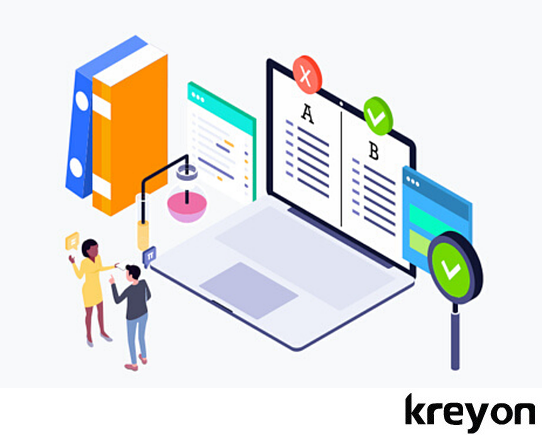
The A/B testing also known as the split run testing or bucket testing is an effective way to evaluate user experience. A/B testing helps you evaluate two variants A and B with user feedback. So, for e.g. if you have to analyse two designs for customer sign-up, you could evaluate the click rates of the two variants by randomly serving users with these variants.
This strategy is also useful for guiding many product features that can be tested with different designs. These tests can be used for analysing user interactions with features and understanding usability of the features. Involving the users for inputs, feedback and testing is an effective strategy for product development used by experienced teams.
Kreyon Systems is building innovative SaaS products for companies to improve adoption, maximize user delight and make customer success your organisational goal. If you need any assistance with SaaS Product Development services or have queries, please contact us.
